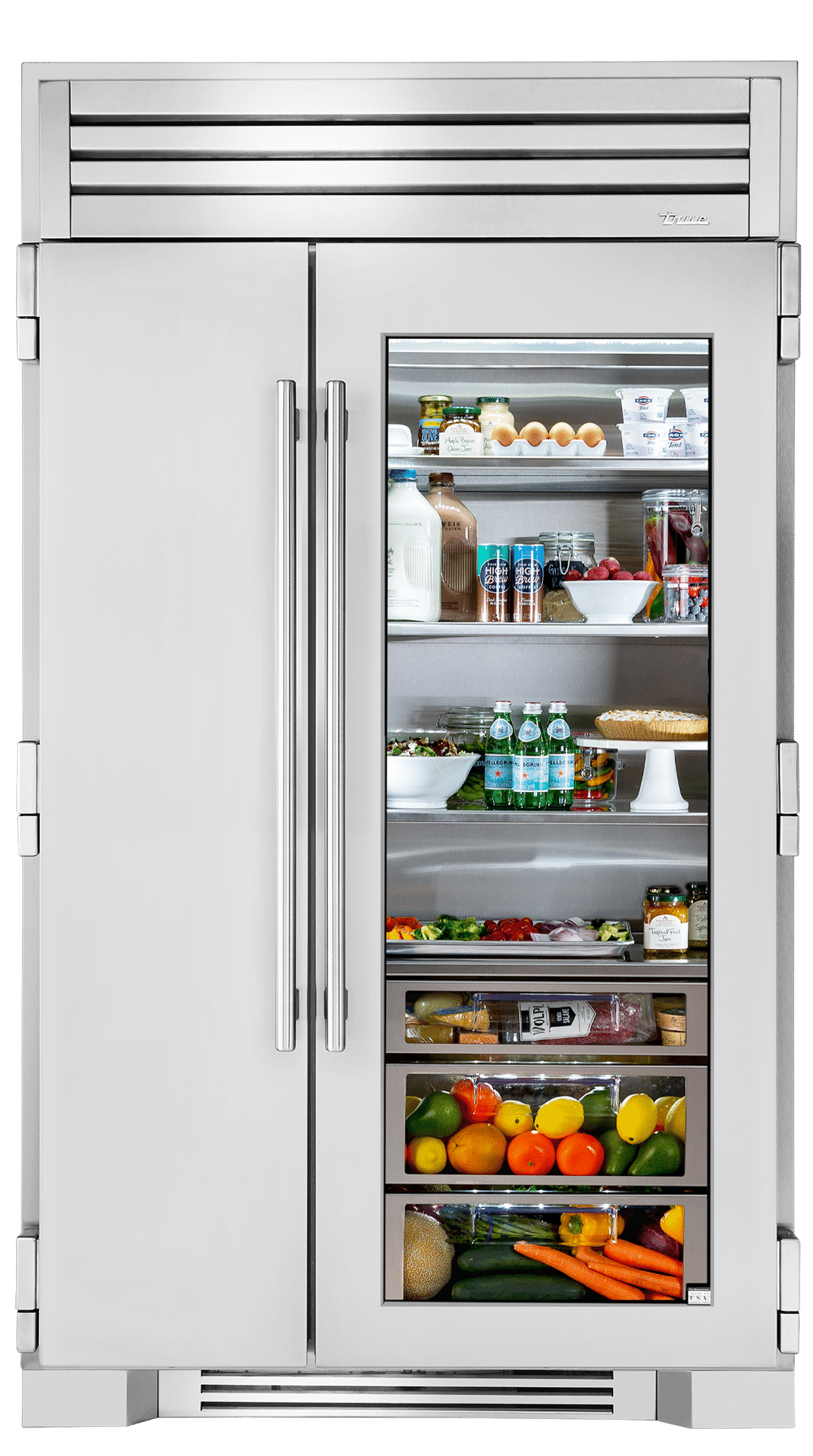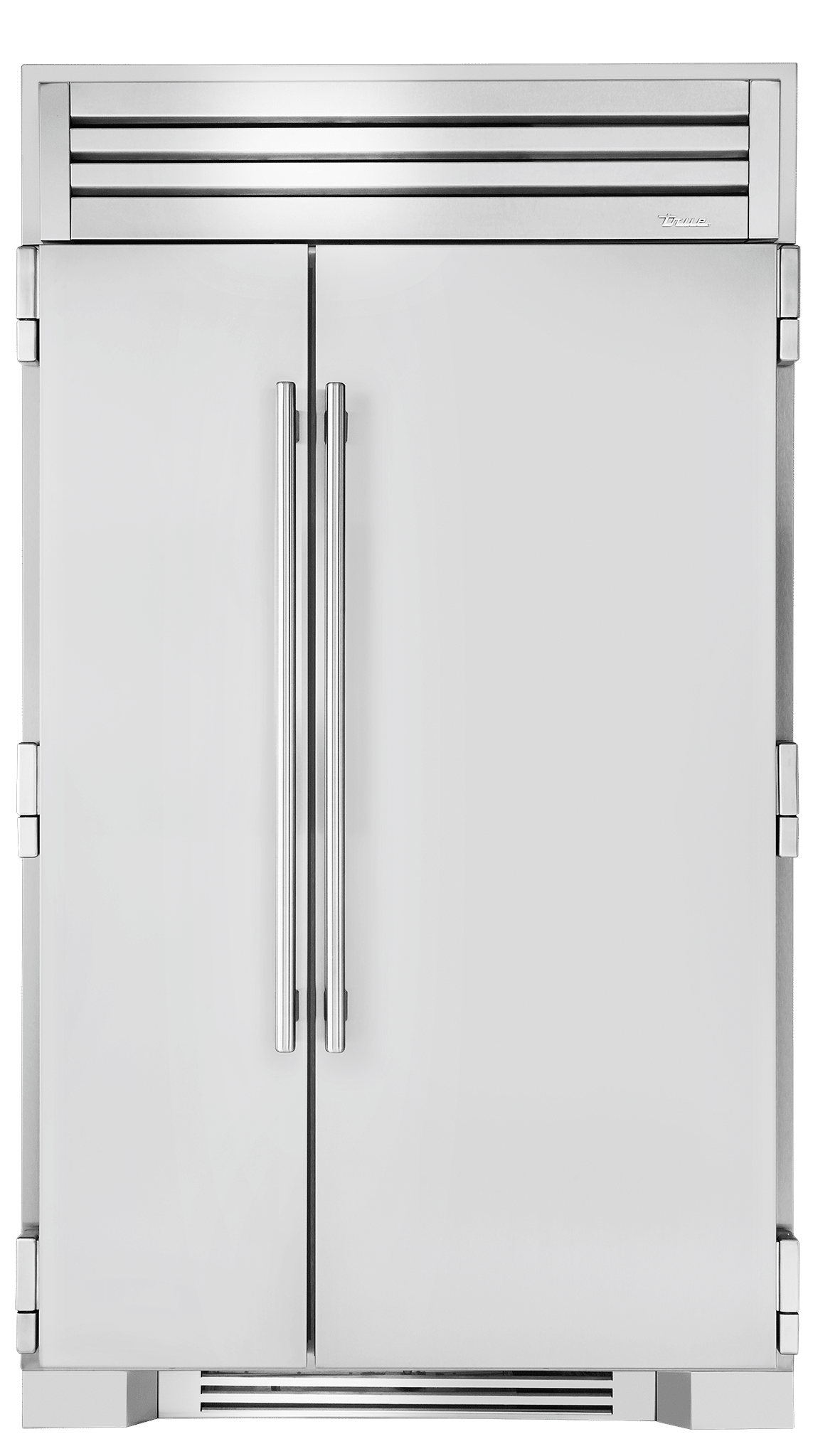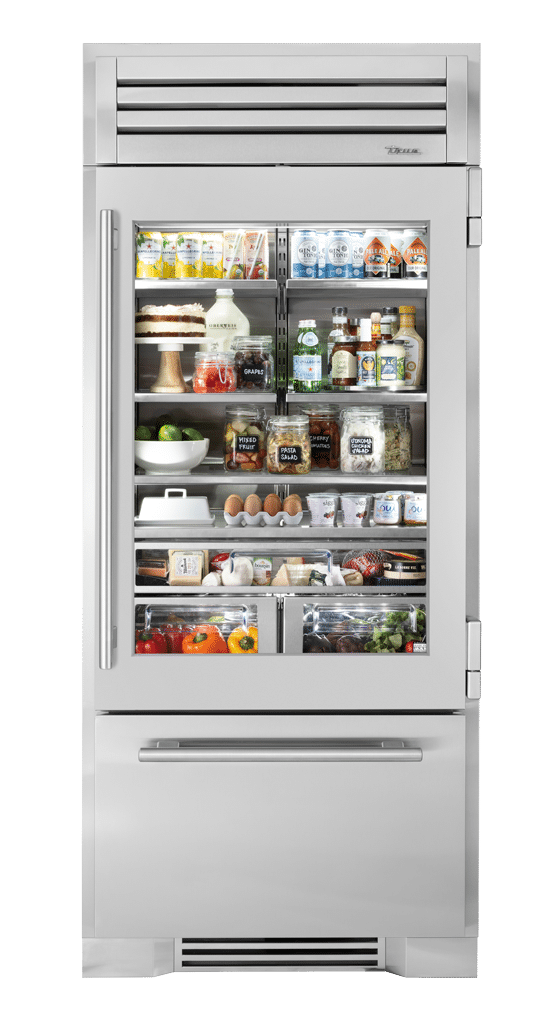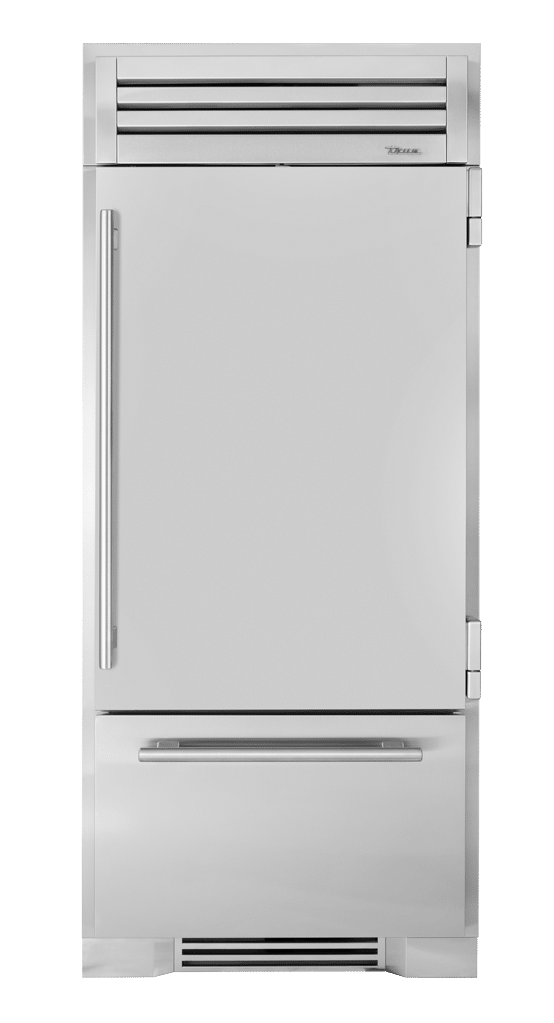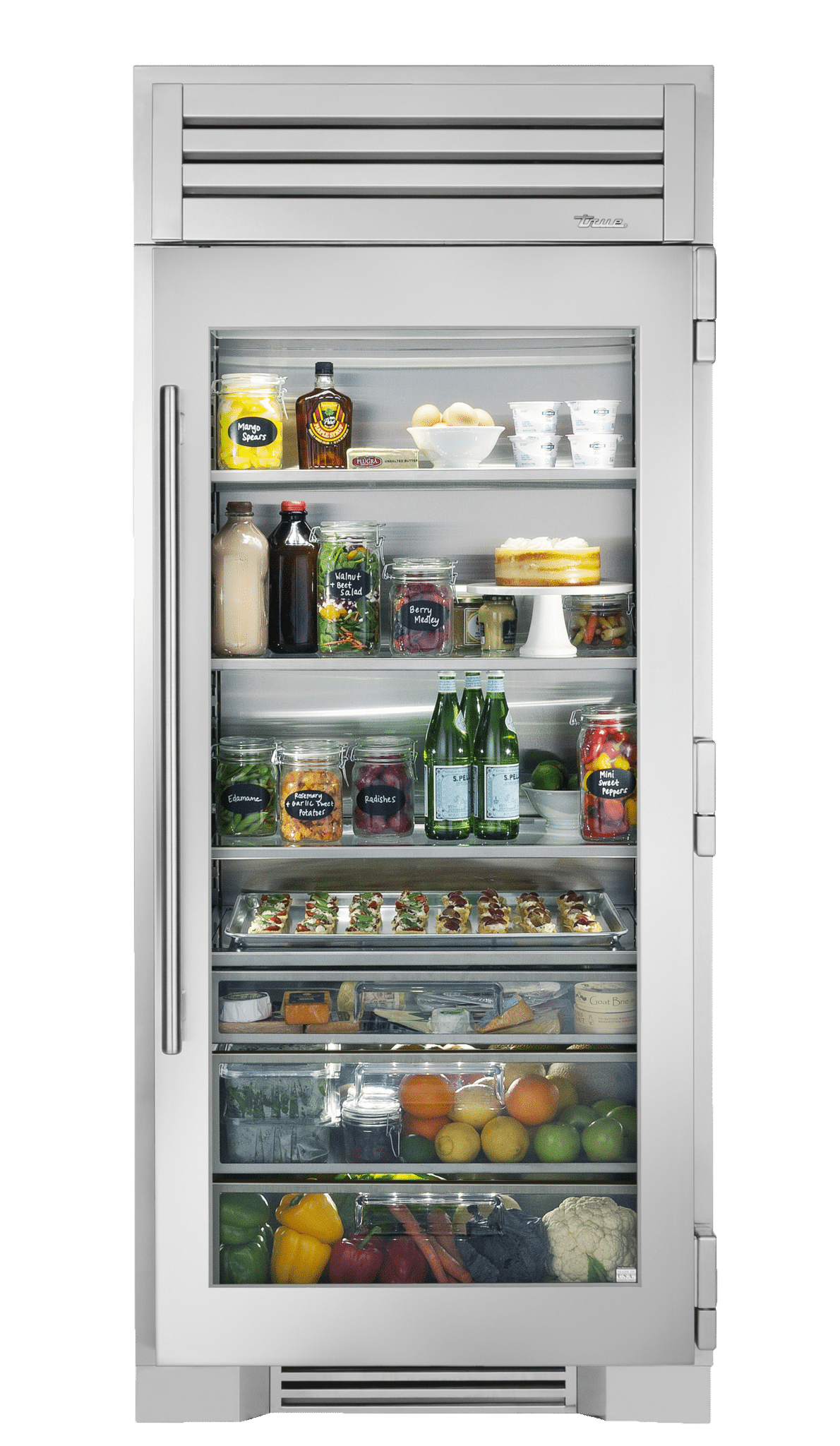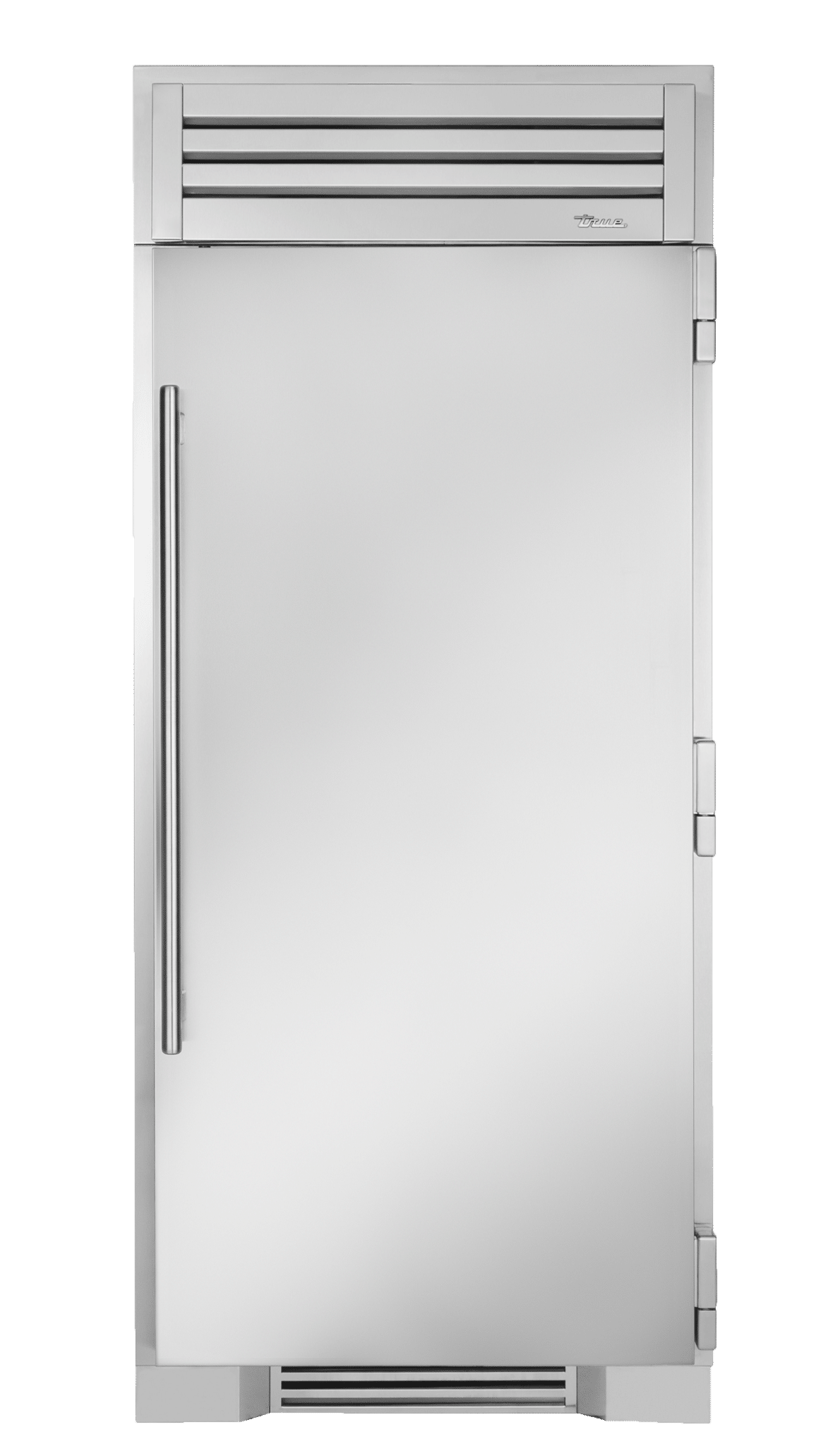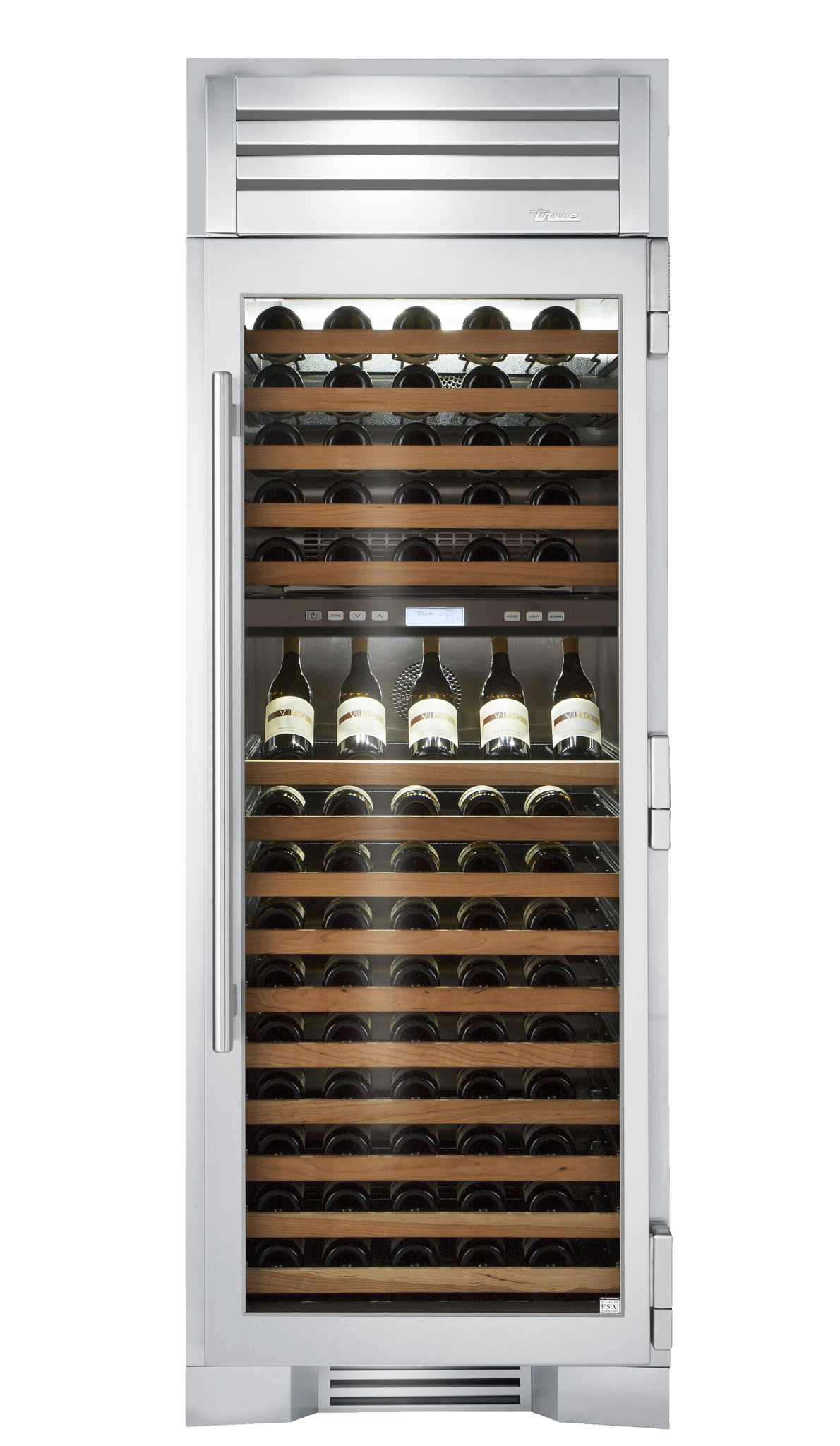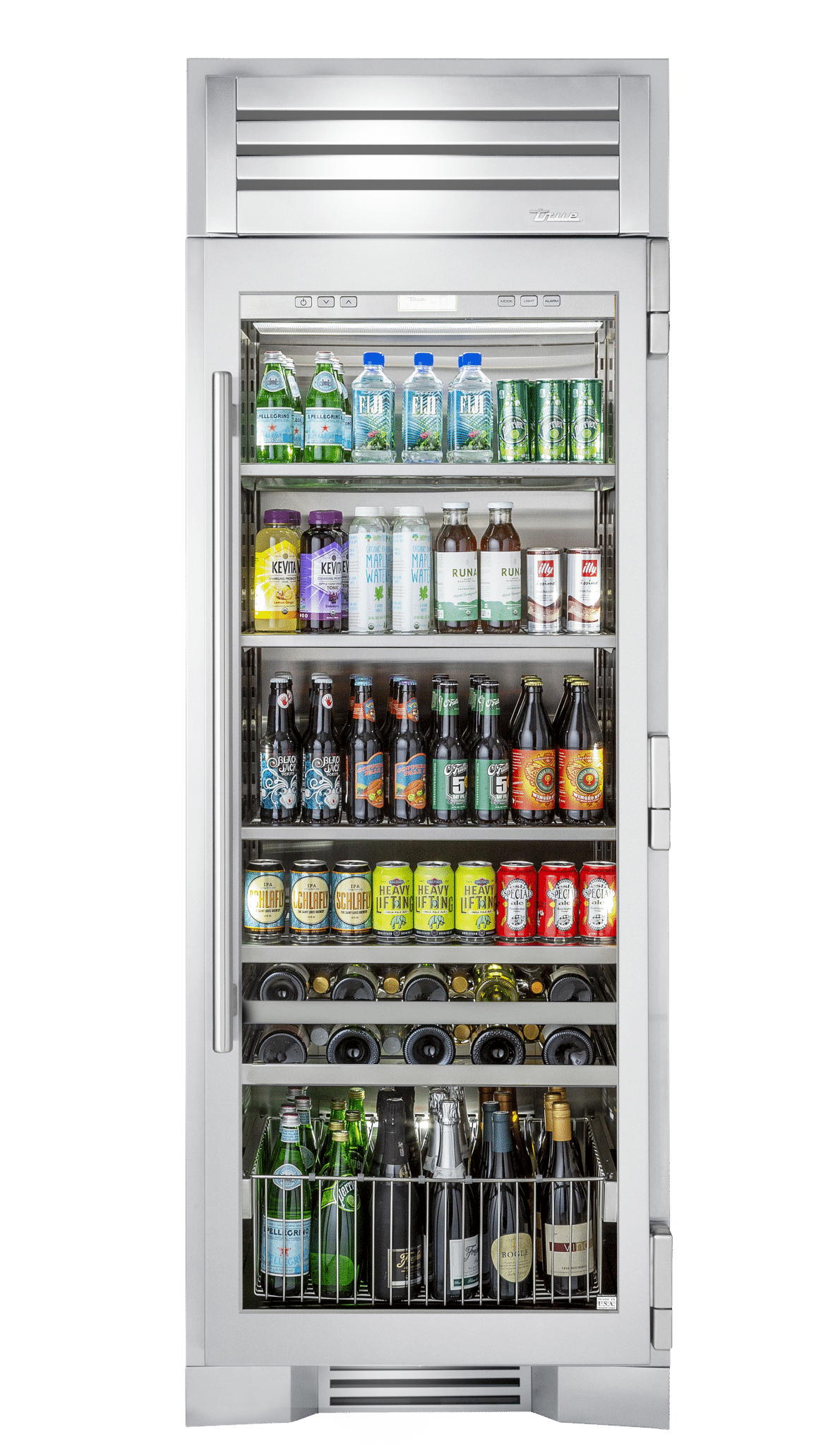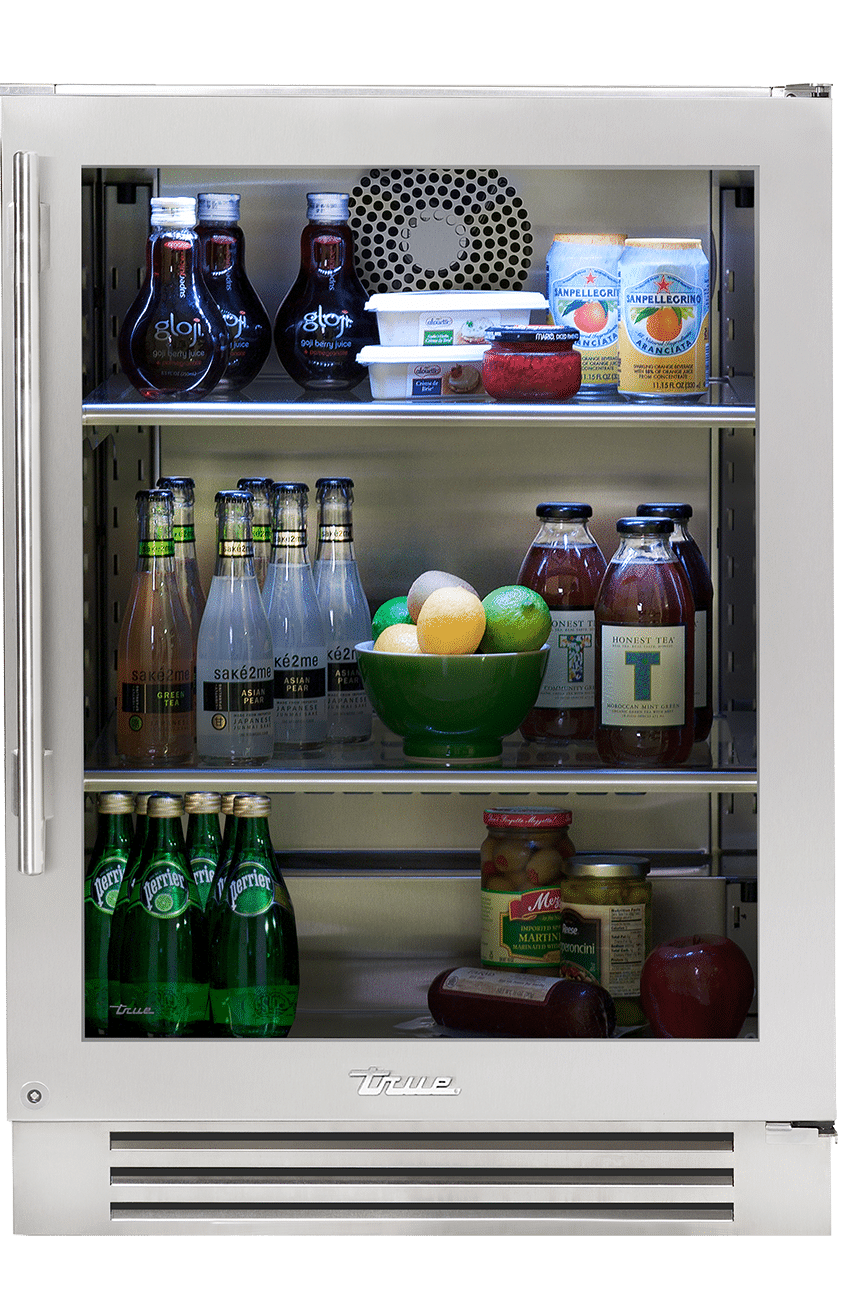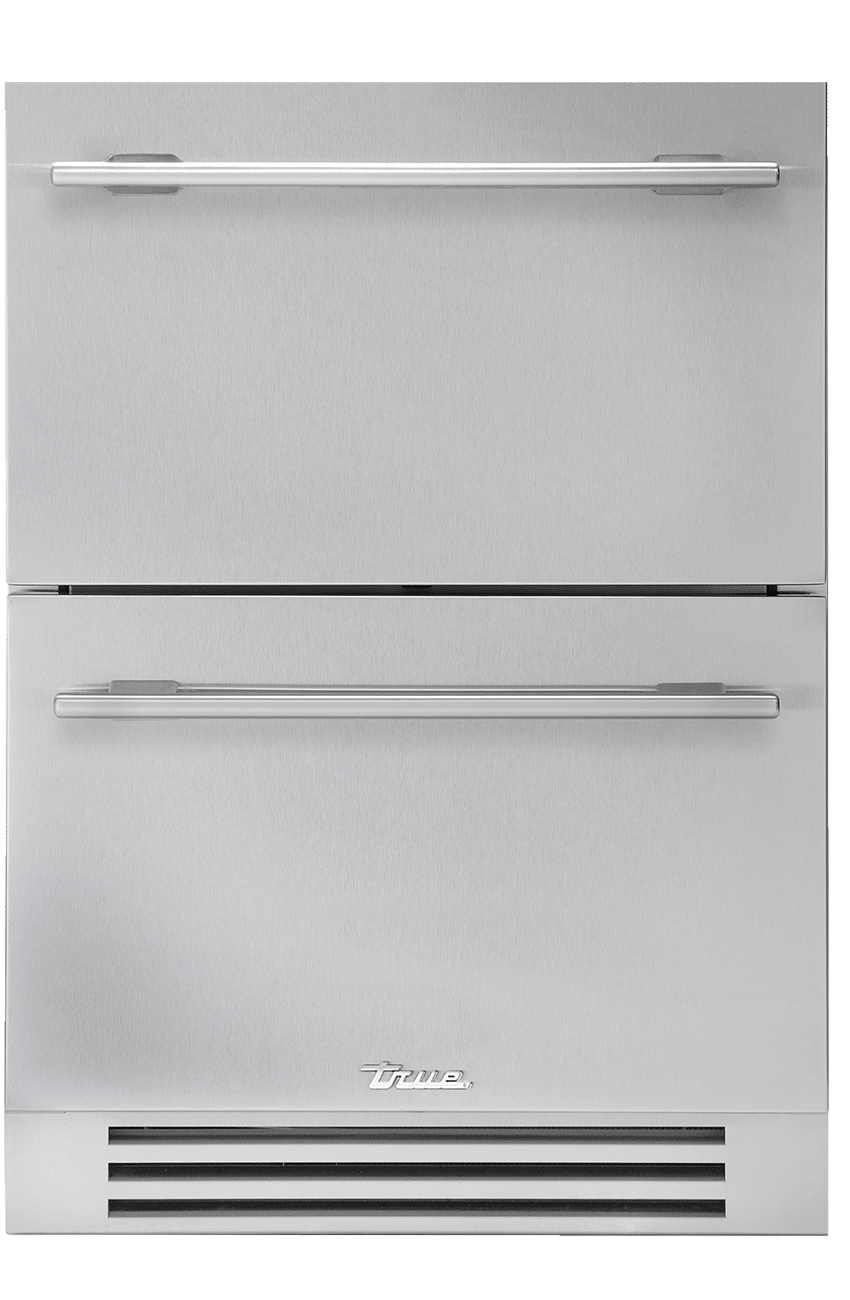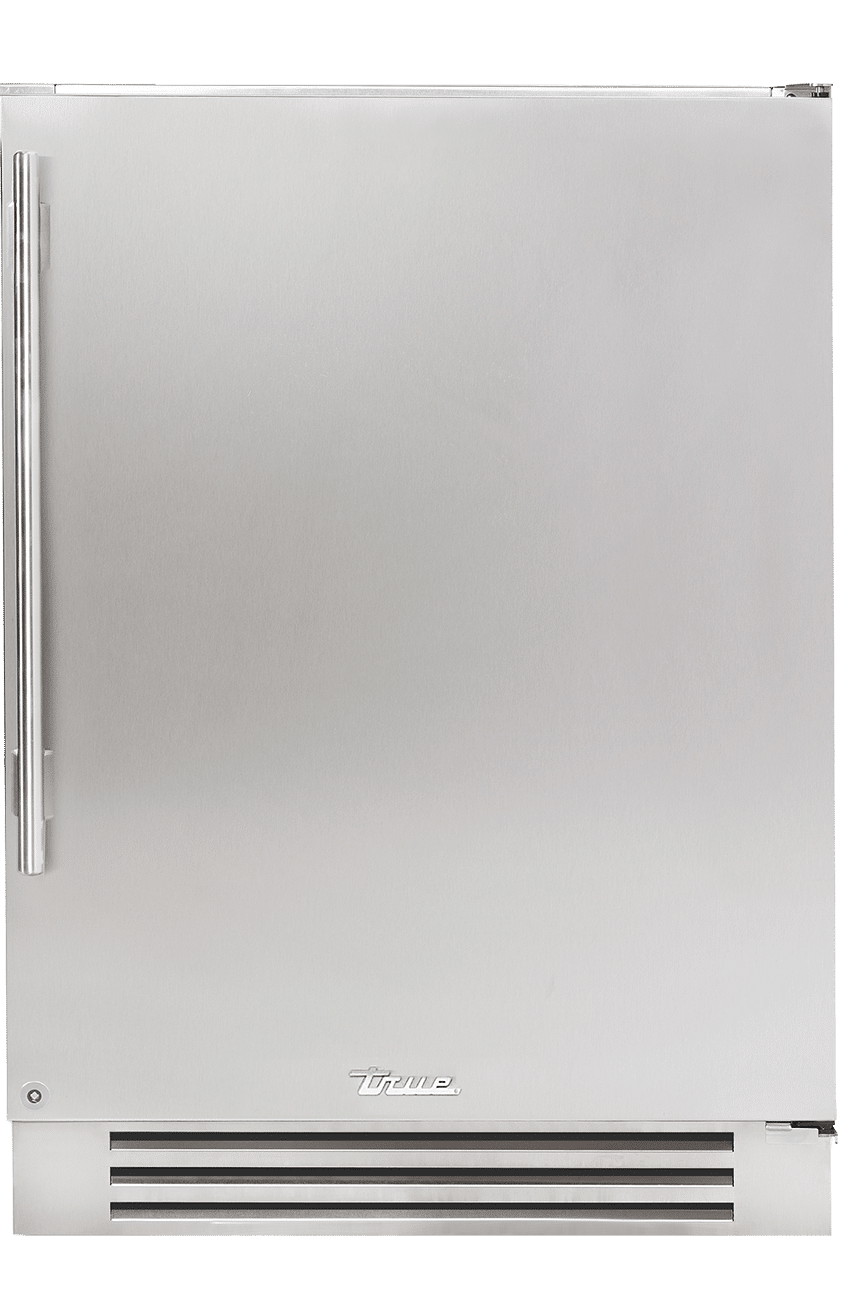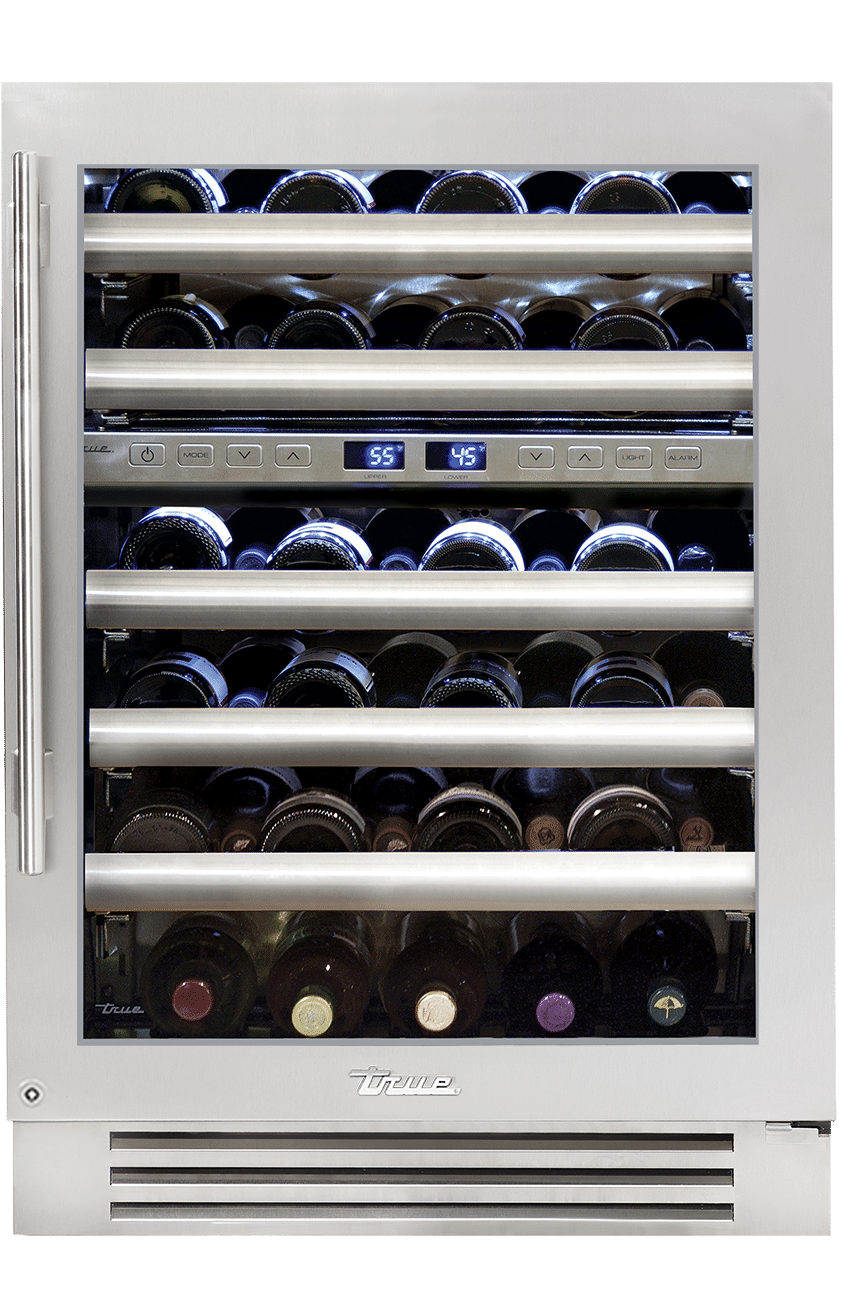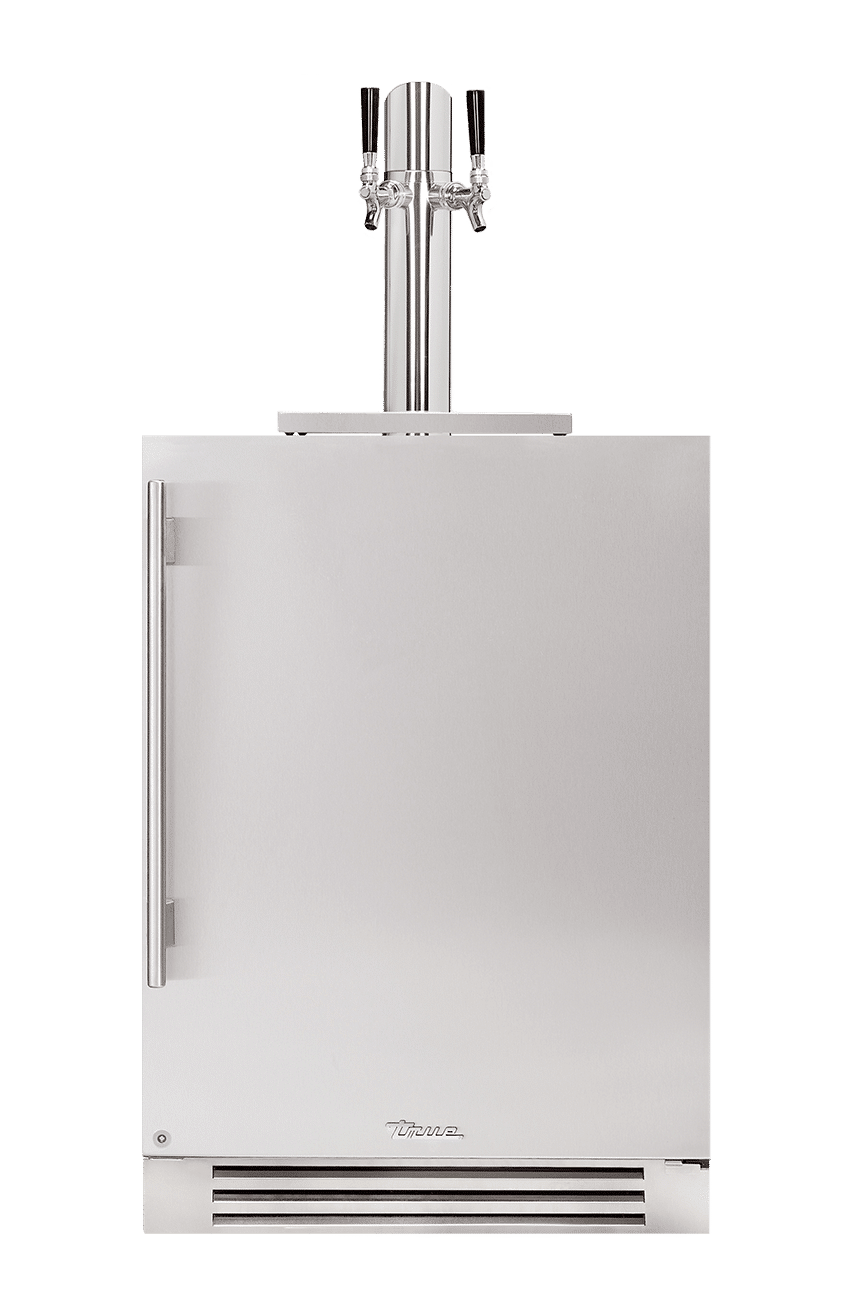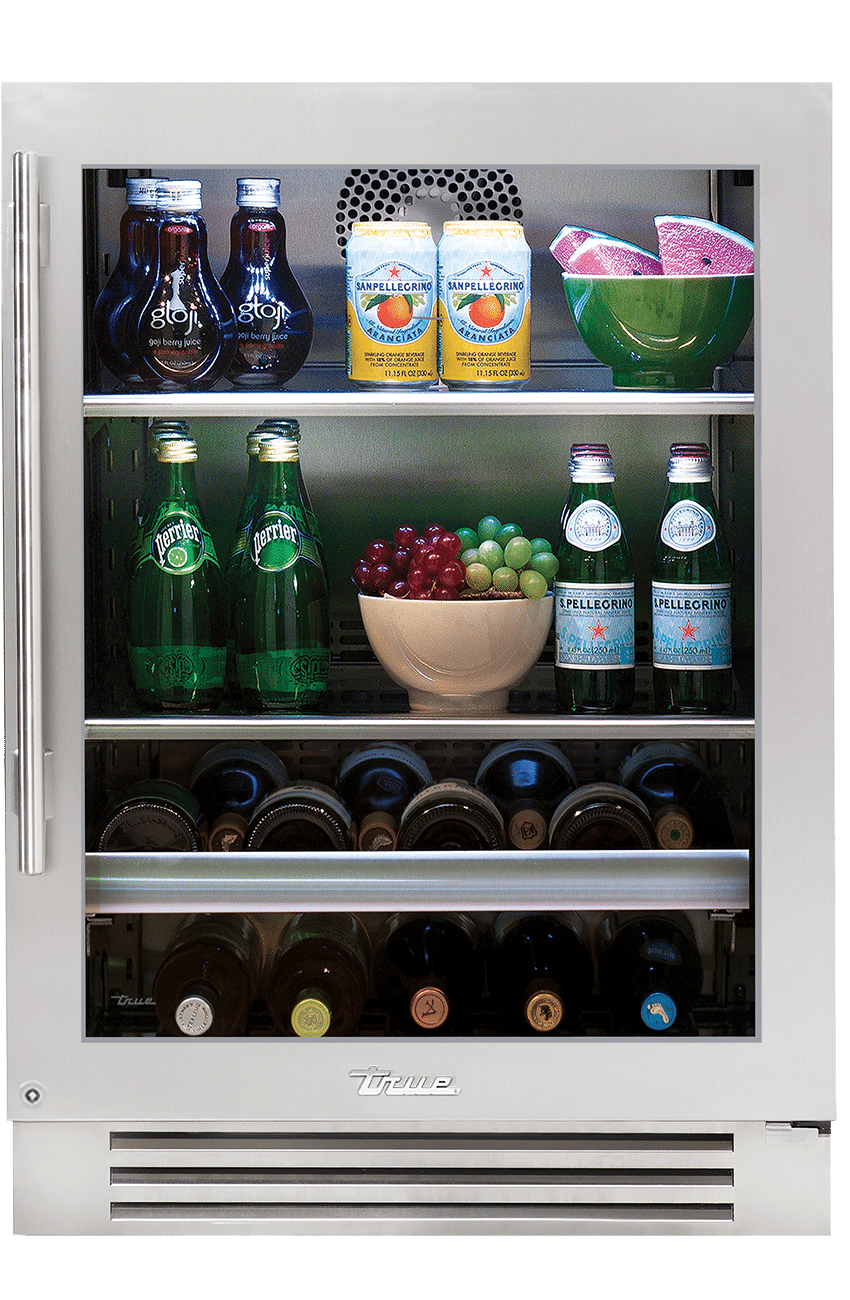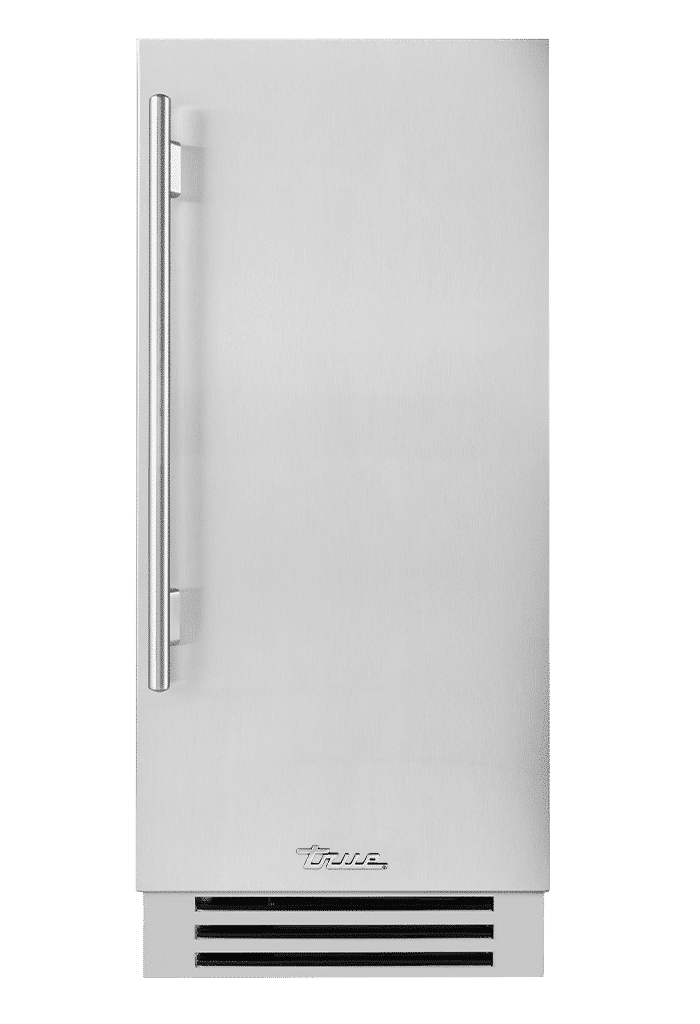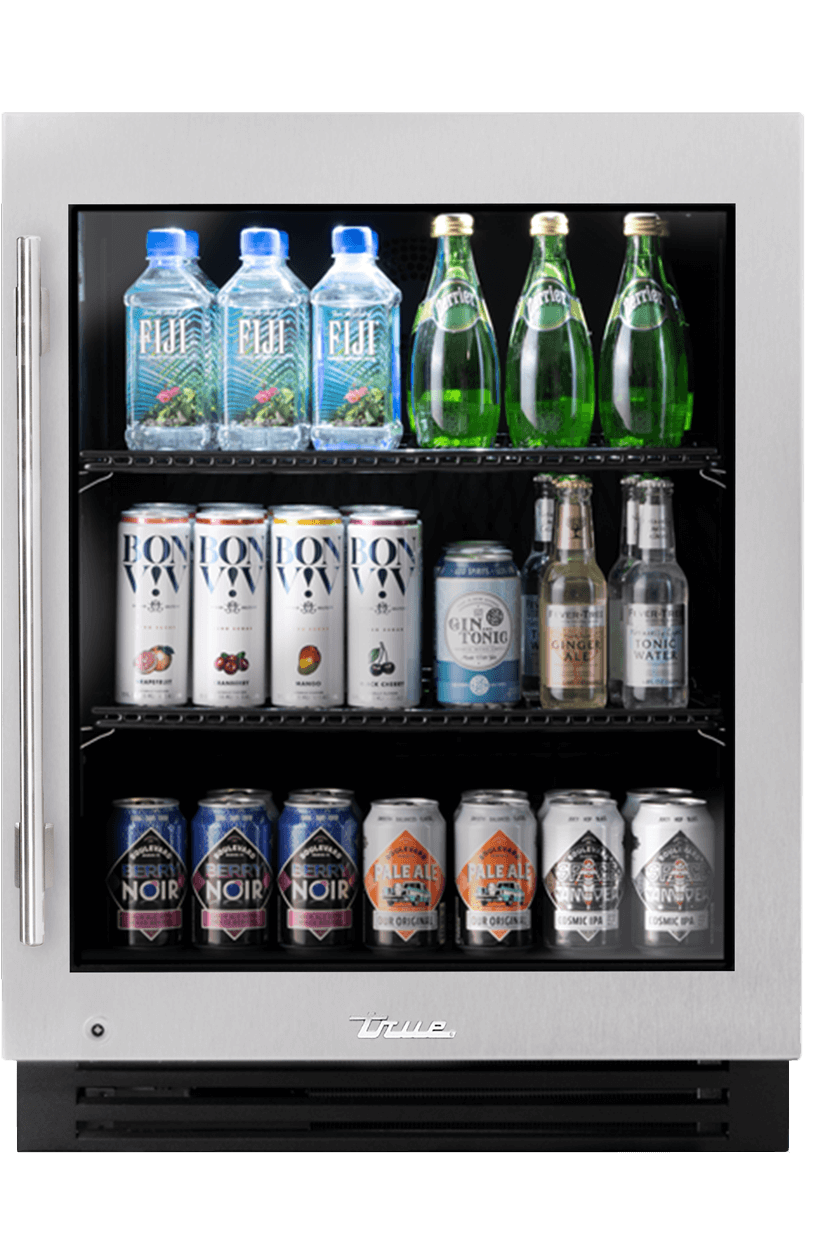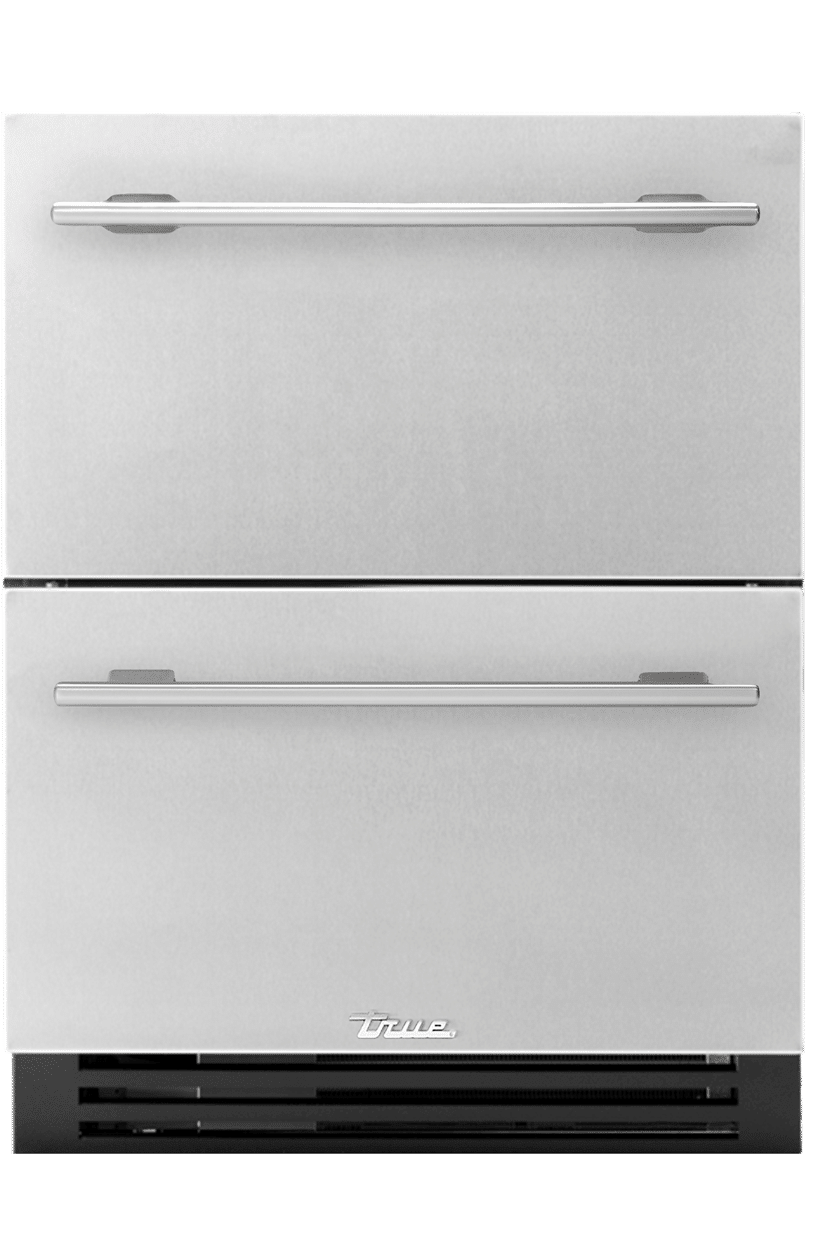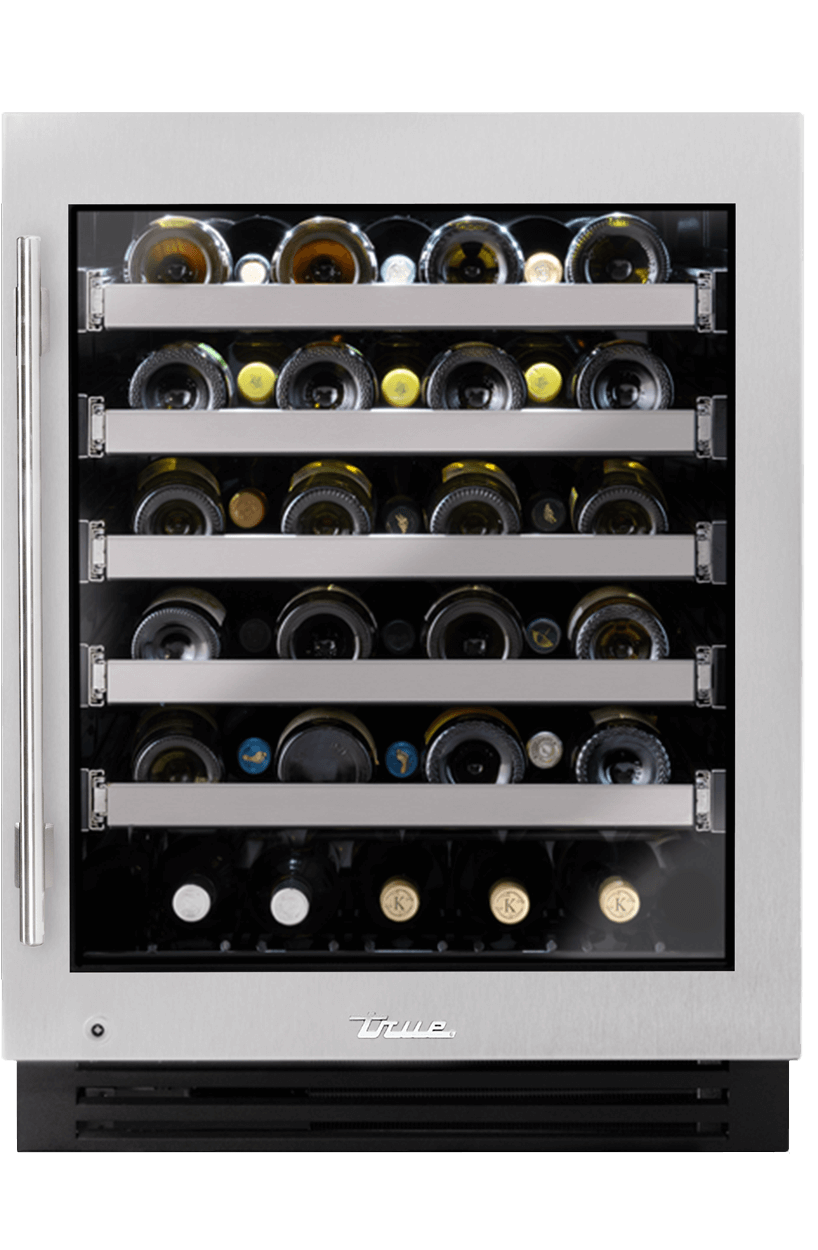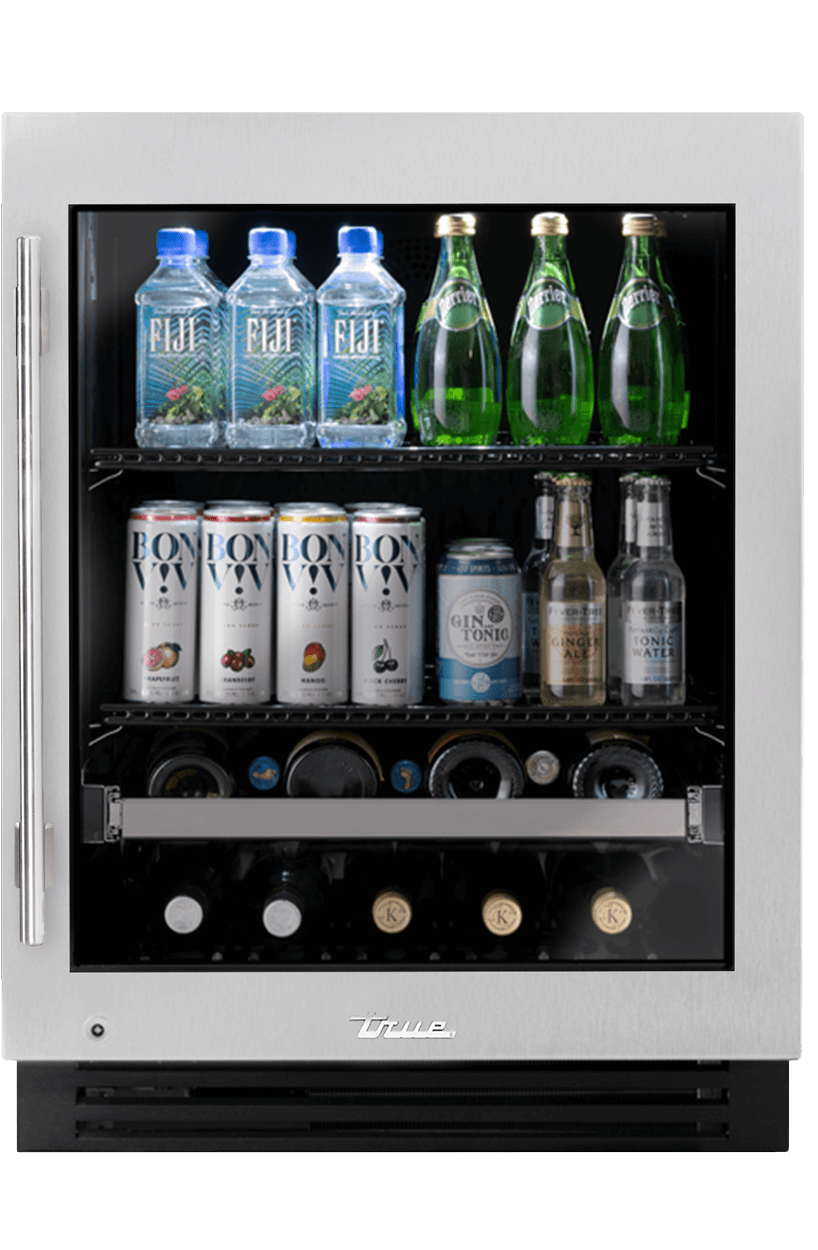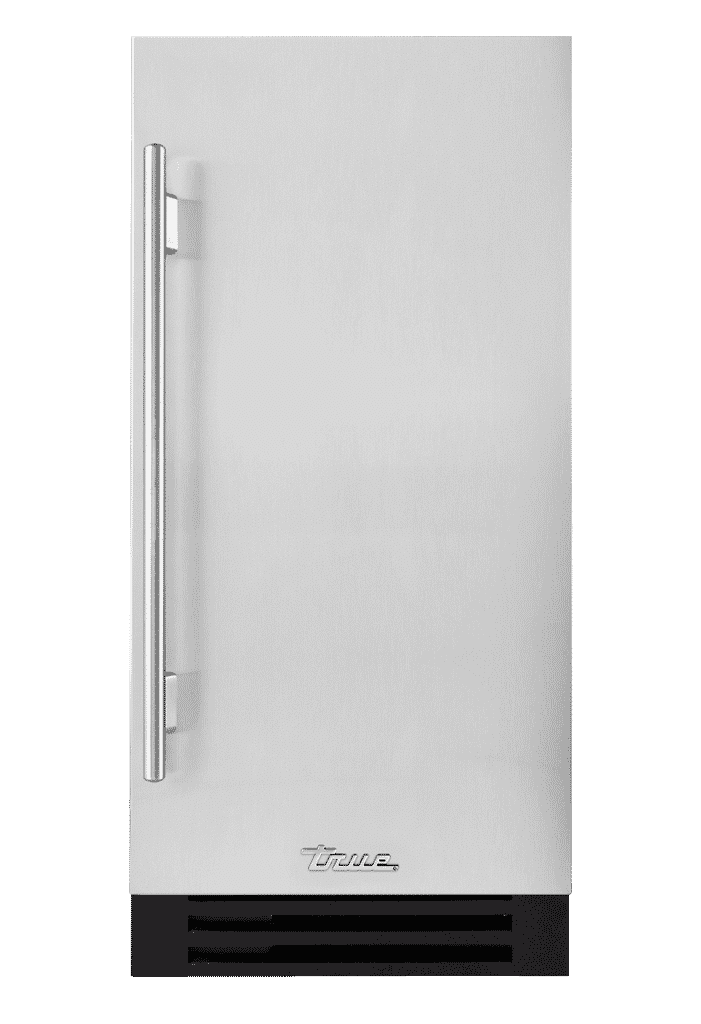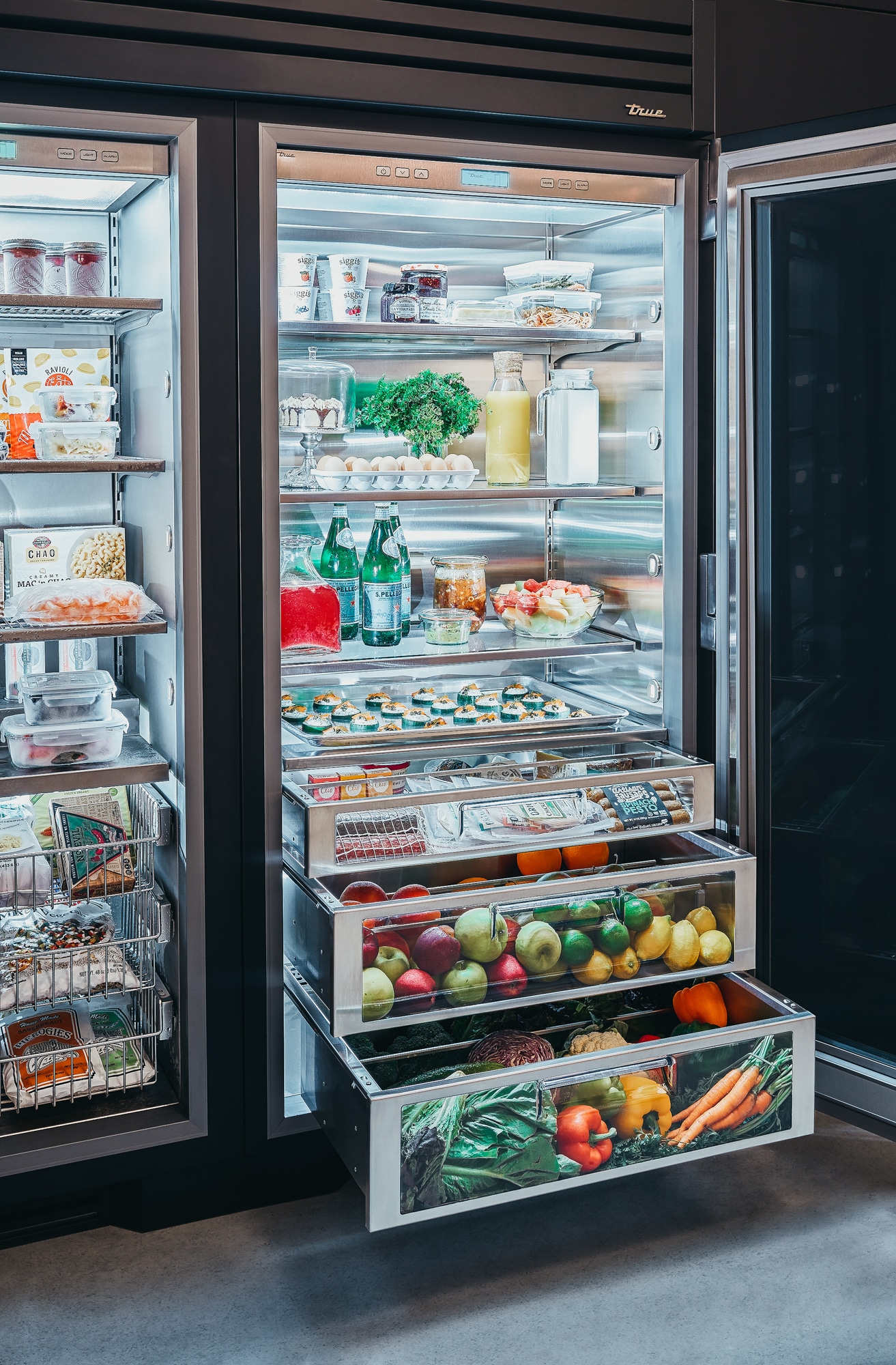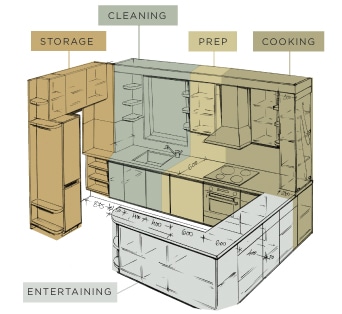 1. The Kitchen Magnetic
1. The Kitchen Magnetic
“The kitchen really is the castle itself. This is where we spend our happiest moments and where we find the joy of being a family.” – Mario Batali
Our kitchens have increasingly become the centers of our homes. As such, our kitchens should be designed to function as social spaces just as much as our family rooms. This shift requires smart, intentional design and appliances that account not only for the traditional needs of the individual home cook but also for the unique demands of communal preparation and entertaining.
2. Wear the White Hat
Professional chefs are the masters of organizing kitchens according to functional zones. Smart homeowners and designers will take their planning cues from commercial kitchens, which are designed to accommodate lots of cooks in the kitchen.
3. Design thoughtfully
We’re eating better. We’re turning away from processed foods and toward raw ingredients (whole foods) and meals prepared at home. We’re also eating more sensitively: as we better understand and diagnose food allergens, we’re more sensitive to the need for independent prep stations. So, for instance, a household with a gluten-intolerant eater will want to account for a separate food prep zone to reduce cross-contamination.
4. Work the Triangle
Contemporary design relies on useful principles established almost 100 years ago by the Building Research Council—which coined the phrase “kitchen work triangle”—and carried on by the good work of the National Kitchen and Bath Association. The Triangle is a fundamental element of design because it makes sense, traditionally dividing the kitchen into Stove, Sink, and Refrigerator or, more functionally, into Cooking (surfaces, appliances, etc.), Preparation (surfaces, sinks, garbage, etc.), and Storage (food and drink, dishware, cookware, etc.).
5. Triangle, Meet Zones
While we wouldn’t suggest abandoning the triangle (it’s classic for a reason), we often encourage expanding it from a “work triangle” into “functional zones.” For instance, some people find Cleaning as functionally important as Cooking, Preparation, and Storage when it comes to design and planning. Then there are those for whom a kitchen isn’t a kitchen without guests, and for those homeowners, Entertaining (think self-serve Beverage area) is as functionally important to kitchen life as Cooking, Preparation, Storage, or Cleaning, Don’t abandon the triangle, but be willing to use some creative geometry to expand it into zones.
6. Expand Your Horizons
We mean that literally. For some of us, cooking isn’t cooking without an open flame and an open sky. The best outdoor kitchens adhere to the same principles of good design. We like to think of the outdoor kitchen as offering four functional zones: Cold (storage), Hot (cooking), Wet (Cleaning), and Dry (Preparation and Storage).
7. Plan an Island Getaway
Kitchen islands are great for socializing, but they’re also incredibly useful as functional zones. Many islands can accommodate all functions and are excellent places for Undercounter Refrigerator Drawers (imagine the beauty of cold storage under a butcher block island surface) and Beverage Centers, which means less traffic in and out of primary kitchen zones.
8. Think Drinks
From a Wine Bar to a kids-only Undercounter Refrigerator, a beverage zone can make any kitchen family- and function-friendly (so long, pot of hot water hovering in the air over the eight-year-old running to the refrigerator!) Whether you want cold storage for a coffee and juice center or you’re a connoisseur who thinks that a perfectly pulled pint makes any dinner better, make sure to think drink when planning and designing your kitchen.
9. Stay True to What Matters
Figure out what you want and find a true professional and some True Professional products that can make that happen.
